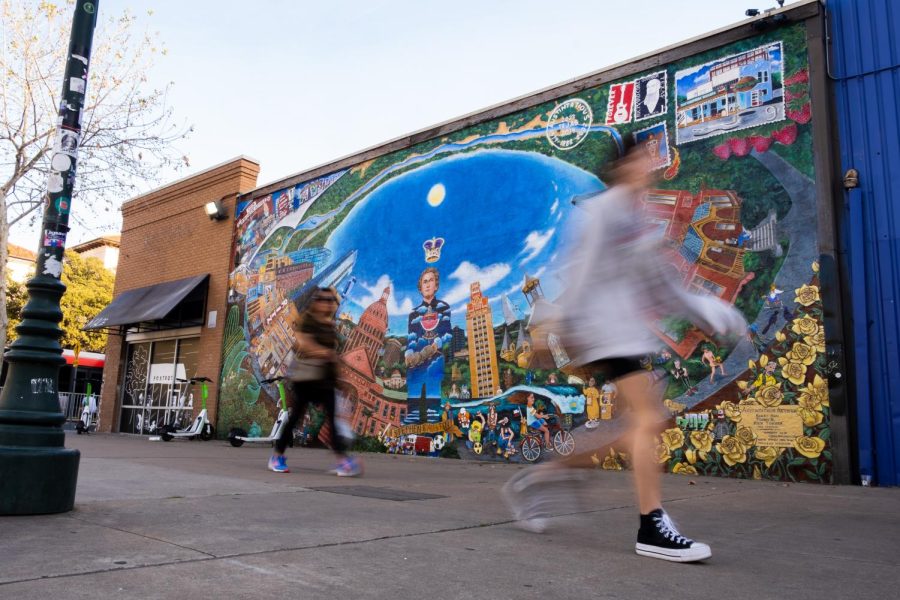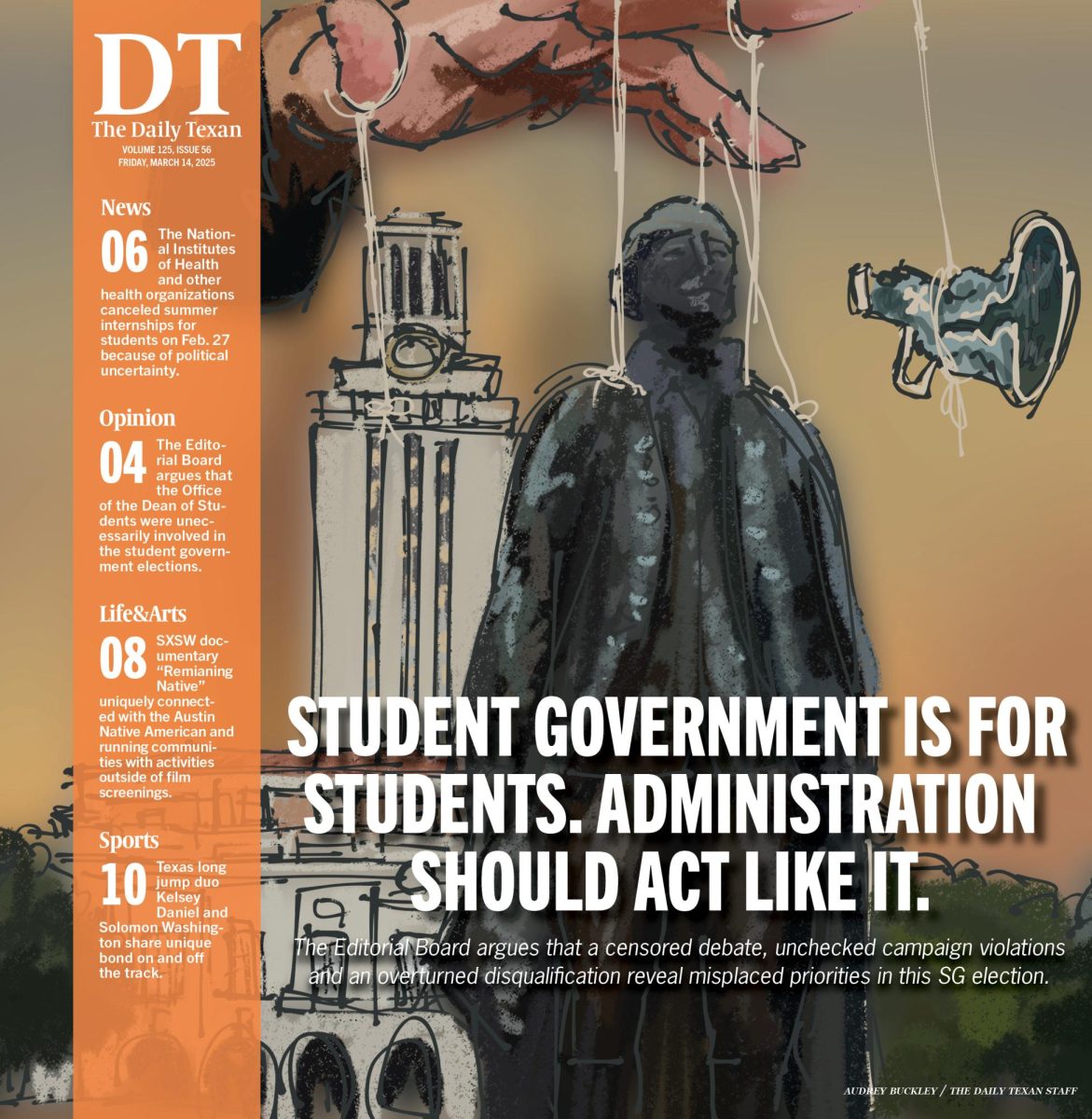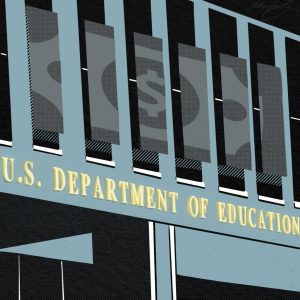New graffiti working group poses questions about maintaining Austin’s culture, local iconic art
February 24, 2023
The Austin Downtown Commission voted Jan. 18 to form a graffiti working group to address illegal vandalism in downtown Austin and West Campus, leaving some Austinites worried about the possible loss of culture through the destruction of public art.
“The impetus for this (project) is the growing graffiti problem that we have in Austin, particularly in greater central Austin — you see it everywhere,” said August Harris, chair of the Downtown Commission. “It is a problem for businesses, for private property owners, for public space.”
City ordinance requires businesses to remove graffiti within 30 days following a warning from the city, and people charged for graffiti face hefty fines and possible jail time under Texas state law. Randolph Lewis, American studies chair and professor, said it isn’t the possible criminal record that worries most people — it’s the loss of Austin’s culture because of urbanization and development.
“We’ve had such an influx of people from California and elsewhere,” Lewis said. “A lot of different ideas about the city are now floating around and the older view of Austin seems to be fading. … We’re just becoming a very big city with big city problems.”
Human biology sophomore Kenzo Revilla, founder of the University’s Street Art Muralist Organization, feels concerned that the new graffiti group might negatively affect some of Austin’s iconic public art. One example is Daniel Johnston’s “Hi, How Are You” mural on the side of the Sound Exchange off Guadalupe Street. Johnston’s 2004 painting is a representation of local artists and their work, whether well-known or underground, according to his website.
According to KUT, the HOPE Outdoor Gallery, more commonly known as the Castle Hill graffiti park, permanently closed in 2019 due to urban development, leaving many local artists without a free canvas for public work and a way to display their creativity. Both Revilla and Lewis said a reestablishment of these types of areas for public art could alleviate the strain of illegal graffiti and return some of the culture to the city.
“Austin’s culture is very much characterized by all this public art,” Revilla said. “I do understand why people want to remove graffiti, but there is an extent to where we have to draw the line between where it (doesn’t) take away from the culture but also respects the private properties of individuals.”
Lewis said graffiti is difficult to control and should not be erased without thought or consideration. He said this desire to constrict the creation of graffiti and murals across the city symbolizes the fading uniqueness that defines the city’s slogan, “Keep Austin Weird.”
“It’s akin to losing a museum or a really good gallery that you’ve gone to for years and you depend on as a place to see what young artists are doing,” Lewis said. “It’s another symptom of Austin losing its weird. We had something that was weird and wonderful and then we were unable to preserve it because there were profits to be made — that’s the universal law of cities.”












